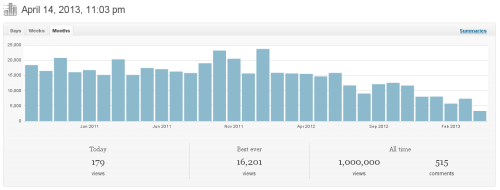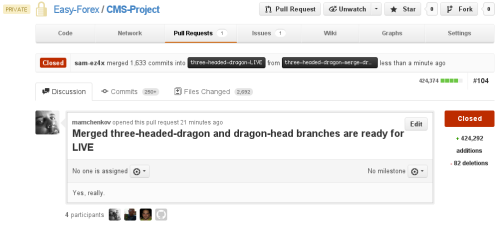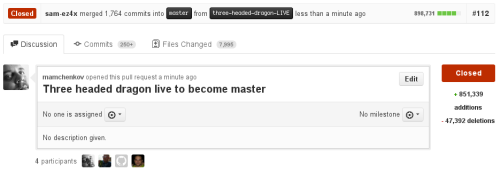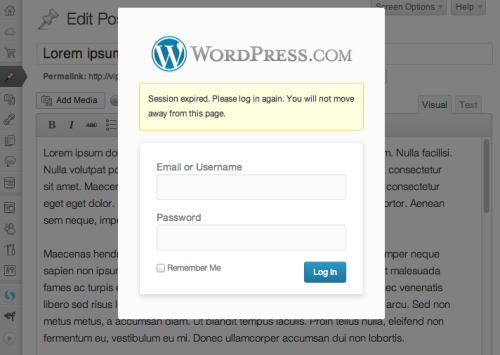WordPress passwords and brute force
From the man himself:
Here’s what I would recommend: If you still use “admin” as a username on your blog, change it, use a strong password, if you’re on WP.com turn on two-factor authentication, and of course make sure you’re up-to-date on the latest version of WordPress. Do this and you’ll be ahead of 99% of sites out there and probably never have a problem. Most other advice isn’t great — supposedly this botnet has over 90,000 IP addresses, so an IP limiting or login throttling plugin isn’t going to be great (they could try from a different IP a second for 24 hours).



